The Independent's journalism is supported by our readers. When you purchase through links on our site, we may earn commission.
Budapest city guide: Where to eat, drink, shop and stay in the Hungarian capital
How to take the ultimate trip
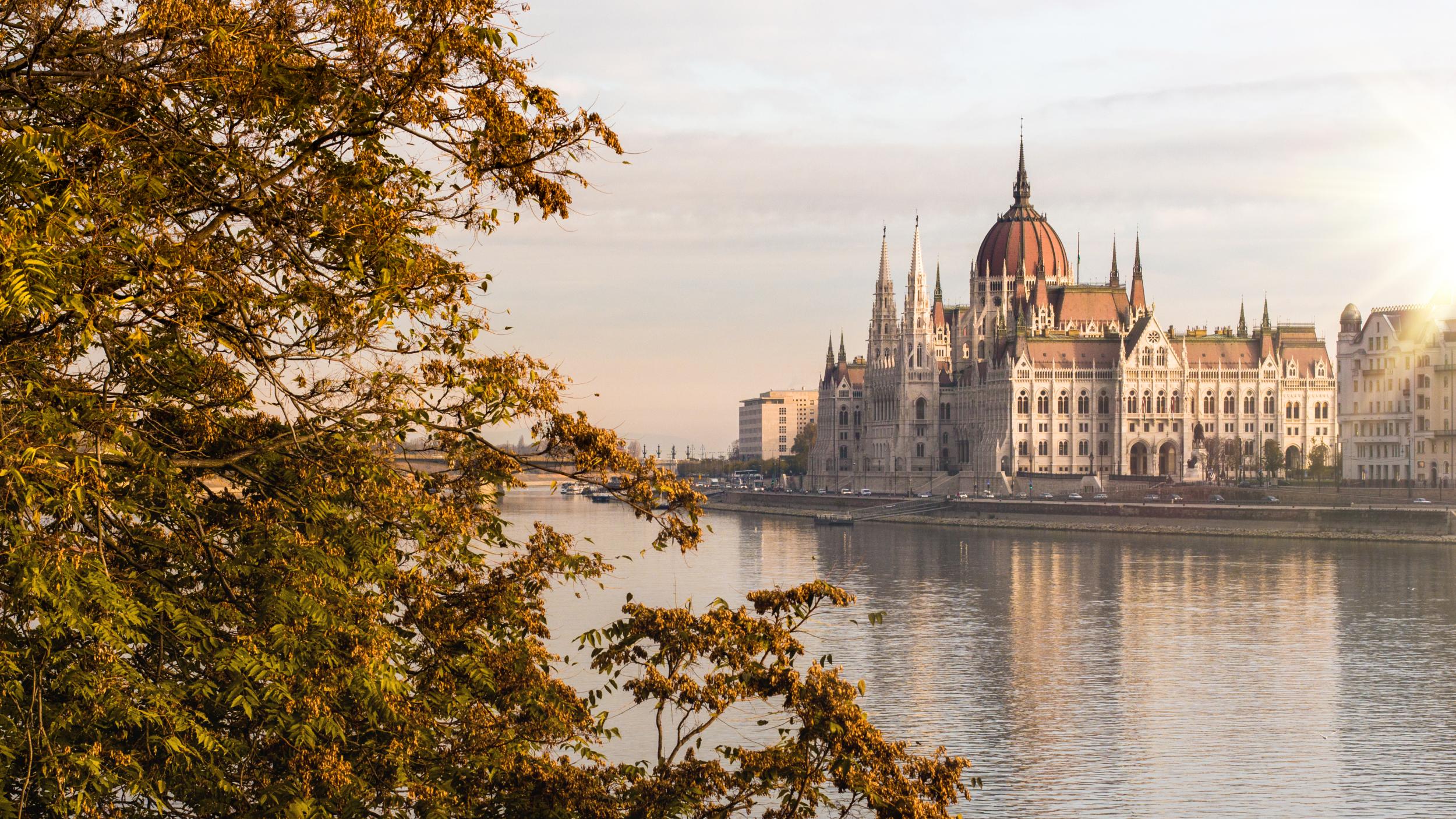
Only since 1873 have the twin cities of Buda and Pest been united as a single entity. Split by the mighty Duna (better known to us as the Danube), both halves of modern Budapest retain distinct personalities: hilltop Buda is a romantic fairytale, while low-lying Pest is all culture and nightlife.
In winter, the scene is set by festive markets, fairy lights and thermal springs, while summer sees people head outdoors for festivals and Formula 1.
All this diversity makes it brilliant for weekend breaks all year round. Jet2, Wizz Air, easyJet and British Airways fly from airports nationwide, while LOT started services from London City on 18 February.
What to do
Castles and keeps
To get to grips with Budapest, you have to discover both sides of the river. Start by hiking up the hill (or ride the funicular) to the Castle District, home to medieval monuments and charming cobbled streets. Buda Castle itself dominates one side of the hilltop: once the seat of Hungarian royalty, it now houses the National Gallery and Budapest History Museum. Also don’t miss Matthias Church and the faux-medieval Fishermen’s Bastion.
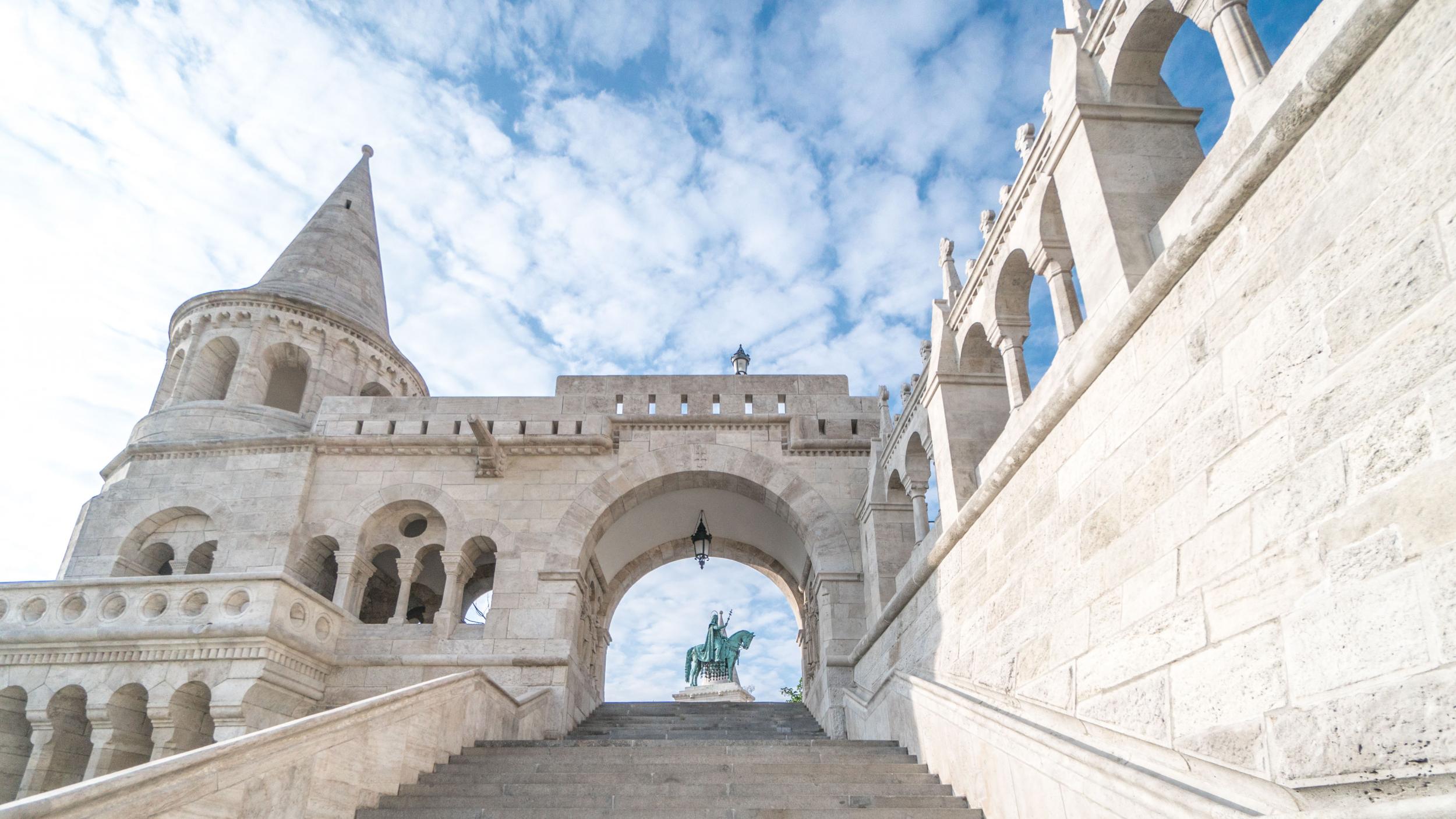
Hungarian history
Cross over to the Pest side to continue the history lesson at the Hungarian National Museum (admission 1,600HUF/£4.50), whose collections cover everything from the Stone Age to the end of communism. There’s more on the country’s darker past at the House of Terror (admission 3,000HUF/£8.50), which tells the chilling story of Hungary’s Nazi and Soviet occupations through video footage, artefacts and interviews with survivors.
Blue Danube
Not many rivers can claim to have inspired a waltz by Johann Strauss. Many of Budapest’s greatest landmarks lie along the its banks, so tick them off on a 70-minute sightseeing cruise (from 4,200HUF/£11.50). If boats aren’t your thing, jump instead on the yellow Line 2 trams that zip along the waterfront for front-row views of Buda’s skyline (350HUF/£1).
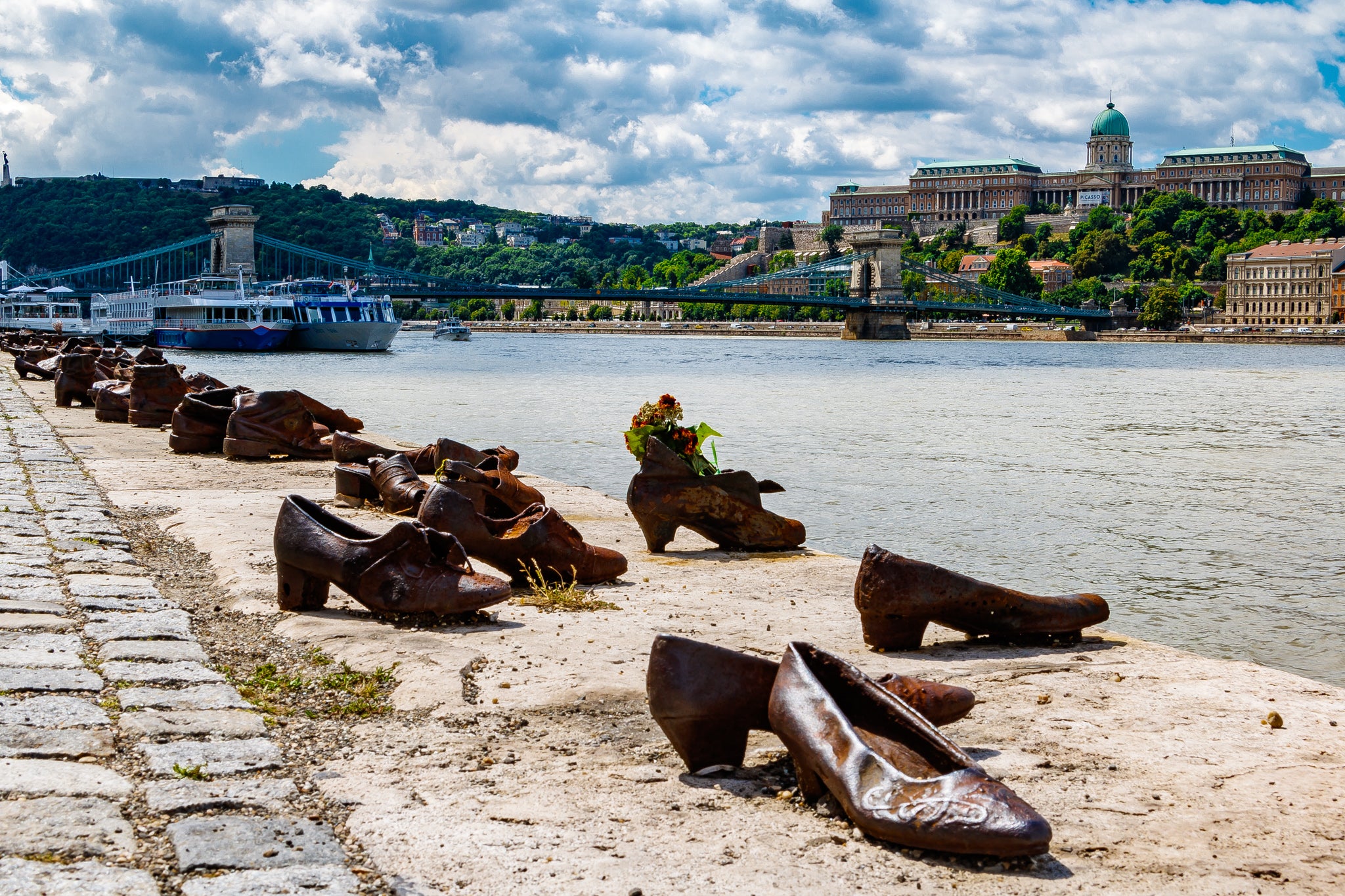
So near so spa
The healing waters bubbling up from mineral springs below Castle Hill have been valued since the days of the Roman Empire. A leisurely soak is still very much a Budapest tradition, be it indoors or outside surrounded by billowing clouds of steam. Of the numerous public baths, the absolute classic is Széchenyi for its elegant façades and in-pool games of chess (admission 5,800HUF/£16pp). If that sounds too tame, come back after hours for one of the legendary “sparties” that are held on Saturday nights all over town.
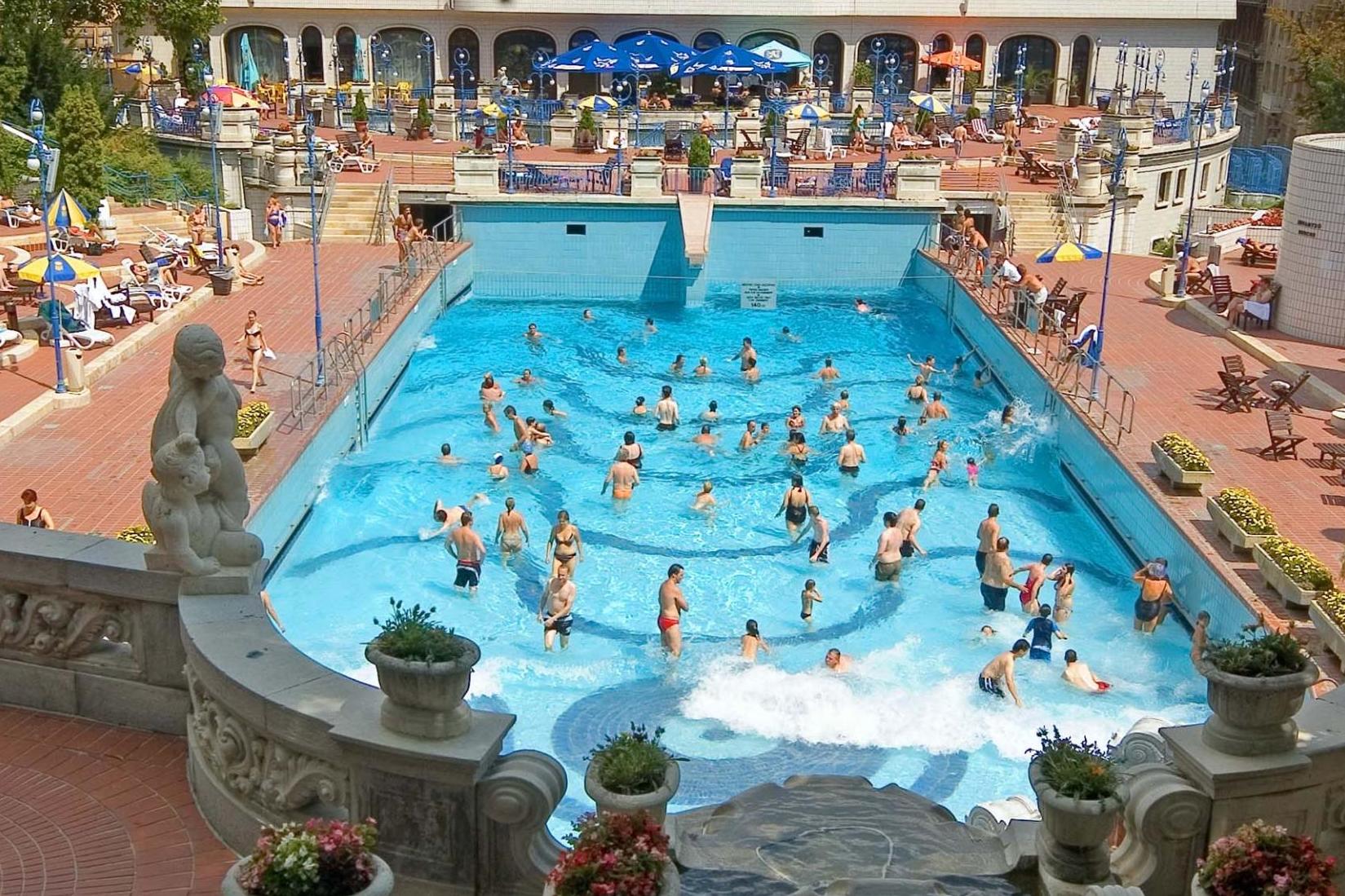
Where to stay
What originally opened in 1896 as the Grand Hotel Royal is now Corinthia Budapest, a five-star retreat in the bustling heart of Pest. Its convenient location (trams stop right outside) puts it within reach of everything, while on-site facilities include a spa with a glorious art nouveau pool. Better yet, it’s excellent value with doubles from £158, B&B.
Across the river, Hotel Clark has an enviable location right next to the Chain Bridge, which became the first permanent river crossing when completed in 1849. The stone lions that stand guard on the bridge are reflected in the hotel’s decor, with stylised lion motifs on guestroom walls and elsewhere. Many rooms have river views, and there’s also a rooftop bar. Doubles from £95, room only.
For true budget digs in the midst of the bar scene, Wombat’s City Hostel has dormitory bunks from around £13 per night, plus an on-site bar to get the party started.
Where to eat
You can’t come to Hungary without sampling Hungarian cuisine. Start by working up an appetite with a browse of Downtown Market’s stalls; then bag a table at Stand 25, an informal bistro serving local dishes such as goulash soup and stuffed cabbage. A two-course lunch will set you back around 4,500HUF (£12.50).
There’s more Hungarian goodness to be found at Barack és Szilva, where traditional home-style dishes are served in a buzzy, rustic-chic setting. All the classics are here (along with a good choice of regional wines), so try something typical such as veal with paprika and dumplings. Main courses from £10 and up.
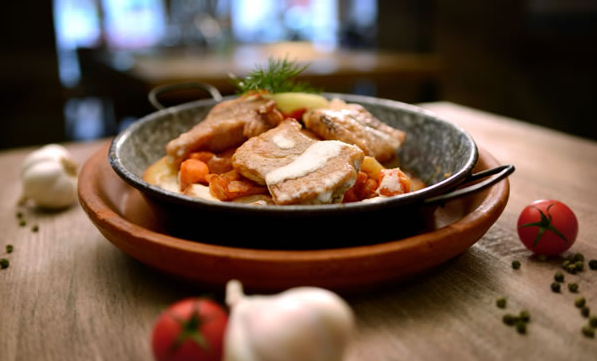
For something less traditional, head to Mészár Steak Kitchen for top-notch steaks and other meaty treats in a sexy, black-tiled space. At the other end of the spectrum, Vegan Garden’s meat-free food trucks serve plant-based burgers, pastries, ice cream and smoothies.
Splash out on a long, lazy Sunday brunch in elegant surroundings at Brasserie and Atrium, which offers a different theme each week (12,500HUF/£35). Grab a table in the light-filled atrium, then plunder the buffet of sushi, salads, smoked fish and stews, all with a farm-to-table philosophy that highlights the best of the season.
Where to drink
Coffee culture came to Budapest during the Ottoman Empire and the city is still replete with coffee houses. Some of the best is served at hipster hangouts such as My Little Melbourne, but there’s nothing like a caffeine fix at one of the belle epoque gems. New York Café remains a favourite for its over-the-top interiors; or try Gerbeaud on Vörösmarty Square for coffee and cakes in a similarly showy setting.
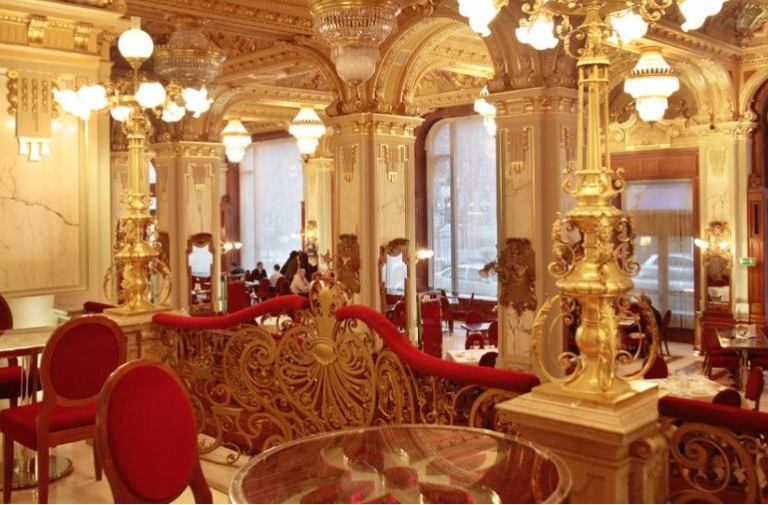
Make the most of Budapest’s skyline with cocktails on a rooftop bar. St Andrea Skybar is a classy option with two terraces and citadel views; or try High Note Skybar for its exceptional setting in the shadow of St Stephen’s Basilica.
For the best nights out in Budapest, head to District VII (the old Jewish Quarter) to seek out some of its “ruin bars”: bohemian, pop-up pubs located in formerly rundown buildings. Szimpla Kert started the craze, filling a derelict factory with fairy lights, salvaged furniture and a 400-strong drinks list (with cocktails from around £5). It has since spawned many imitators but retains a loyal following.
Where to shop
Downtown Budapest’s Váci Street is the city’s main shopping thoroughfare, with stores spanning high street to high-end. Follow it from Vörösmarty Square (home to one of Europe’s best Christmas markets) all the way to historic Great Market Hall for stalls heaped high with sausages, paprika and pálinka (the local schnapps). Head upstairs to the mezzanine level for souvenirs, snacks and traditional embroidery.
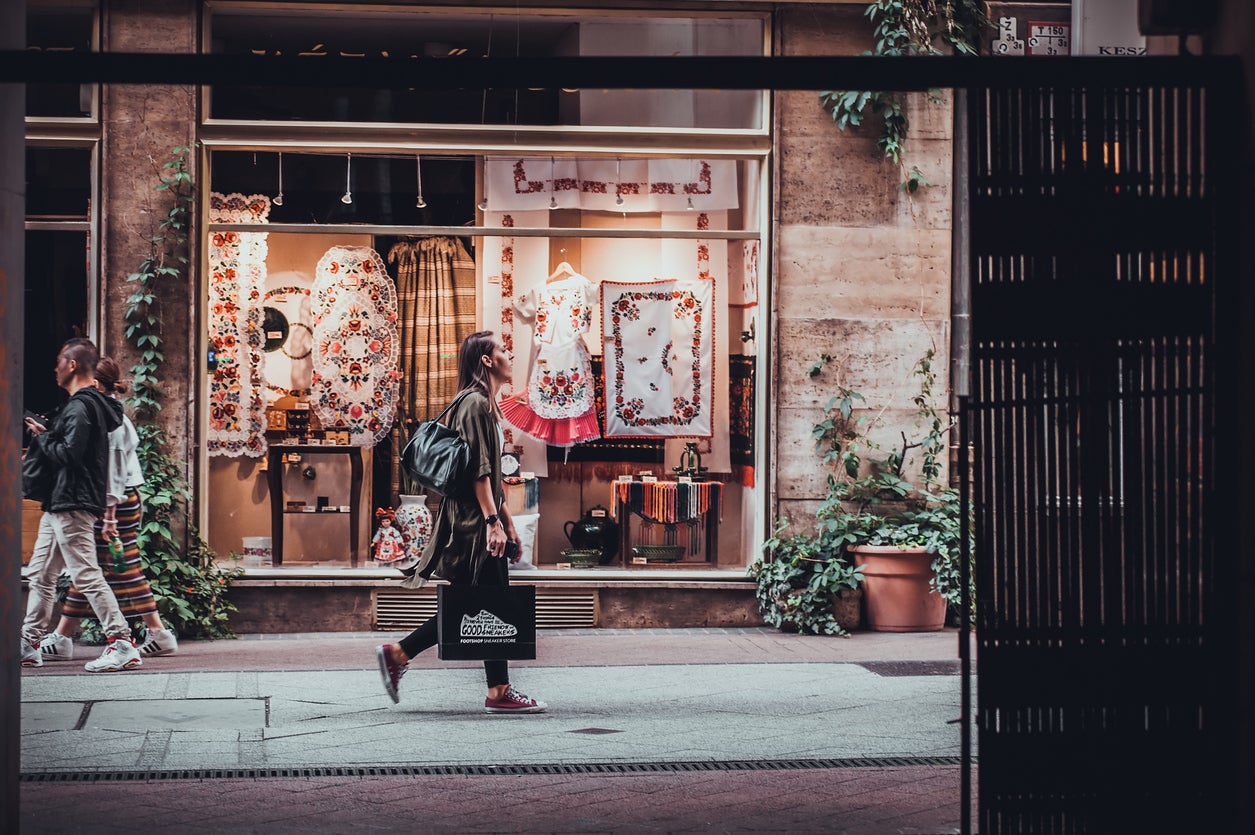
There are more foodie finds at Szimpla Sunday Farmers’ Market, which fills the famous ruin bar in the calm after Saturday night’s revelry. The bare walls and graffiti set a very urban scene in which to browse for pastries, produce, preserves and charcuterie.
As for Hungarian design, seek out FIAN Koncept’s two locations in the Castle District for gifts, bags, scarves and clothing made by local artisans. Over in District VII, Rododendron is an outlet for local designers specialising in artworks and accessories, while nearby Printa has similar wares and a wider selection of one-of-a-kind fashions.
Architectural highlight
You can’t miss the impressive, neo-gothic Hungarian parliament: it’s Hungary’s largest building and towers over the Pest waterfront.

Nuts and bolts
What currency do I need?
Hungarian forint, though euros are widely accepted.
What language do they speak?
Hungarian.
Should I tip?
10 per cent.
What’s the time difference?
One hour ahead.
What’s the average flight time from the UK?
Two-and-a-half hours.
Public transport
Getting around is a doddle on Budapest’s four metro lines and efficient bus and tram network.
Best view
Buda Castle’s walls offer a marvellous panorama along the Danube to the Chain Bridge and parliament.
Insider tip
Pick up a Budapest Card from the information point at the airport. It covers public transport, two walking tours and admission to 17 museums from €22pp.
Read more on Budapest
Join our commenting forum
Join thought-provoking conversations, follow other Independent readers and see their replies
Comments